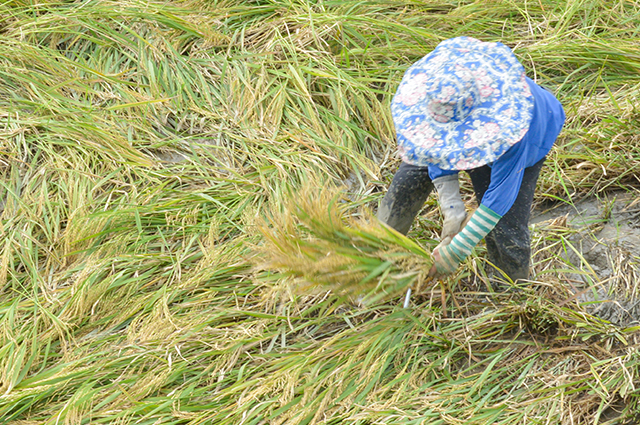 Super typhoons Karen and Lawin brought damages in Central and Northern Luzon affecting the country’s major rice-producing provinces. According to the Department of Agriculture (DA), Karen alone left almost P3 Billion in agricultural damages.
Super typhoons Karen and Lawin brought damages in Central and Northern Luzon affecting the country’s major rice-producing provinces. According to the Department of Agriculture (DA), Karen alone left almost P3 Billion in agricultural damages.
To help farmers recover from the damages brought by the said calamities, experts at the Philippine Rice Research Institute (PhilRice) recommended strategies on how to manage crops after typhoons.
For those who were able to harvest before Karen and Lawin hit the country, farmers are advised to use the mechanical dryer for drying of harvested grains.
“Seeds must have drying temperature not higher than 43°C. It is advantageous for farmers to use the mechanical dryer as it allows drying during unfavorable weather conditions,” said Arnold Juliano, PhilRice’s agricultural engineer.
In harvesting crops submerged in water or mud, farmers can use the combine harvester provided that the field is already dry.
“If the crop submerged in water is easy to drain, combine harvester can be used provided that no or minimum moisture is present in the panicles to minimize grain losses during operation. For submerged crop with drainage problem, immediate manual harvesting is advisable to save the grains from deterioration,” Juliano explained.
To know more about the practical recommendations on how to manage crops after typhoons, farmers may call or text the PhilRice Text Center 0920 911 1398.




